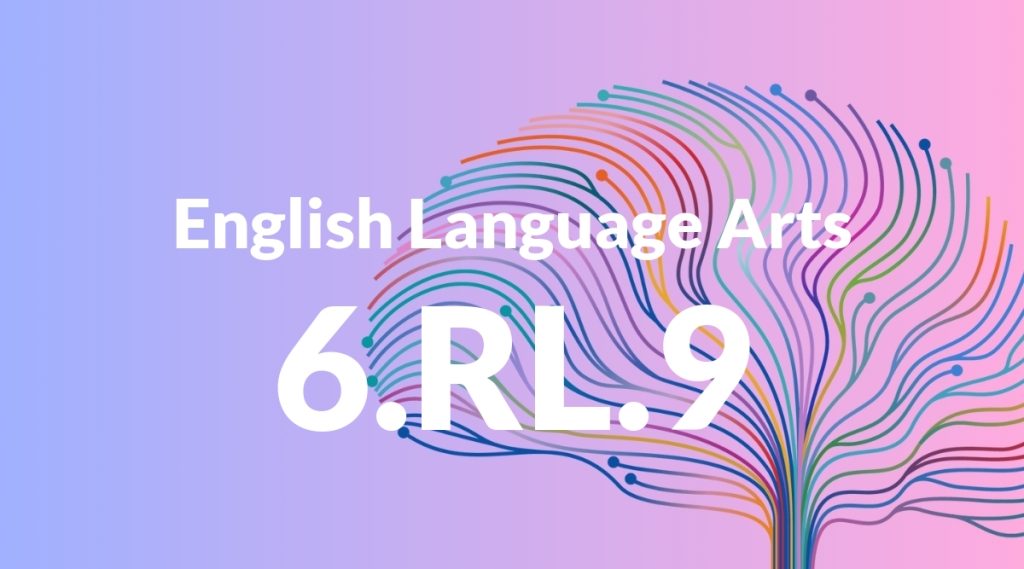Standard: 6.RL.9 – Compare and contrast texts in different forms or genres (e.g., stories and poems; historical novels and fantasy stories) in terms of their approaches to similar themes and topics.
Grade level: Grade 6
Subject: English Language Arts
Domain: Reading: Literature
Teacher Overview
This standard focuses on helping students compare and contrast texts from different genres to understand how they approach similar themes and topics. It is crucial for developing critical thinking and analytical skills in literature. Students should be familiar with identifying themes and genres in literature and have the ability to summarize the main points of a text.
After mastering this standard, students will be able to critically analyze and compare literature, enhancing their understanding of how different genres can uniquely convey similar themes.
Common Misconception 1
Some students may think that if two texts share the same theme, they must be very similar. This is incorrect because different genres can approach the same theme in unique and varied ways.
Intervention 1
Use side-by-side comparisons of texts from different genres that share a theme, highlighting how each text’s approach is distinct.
Common Misconception 2
Another common misconception is that comparing genres only involves identifying surface-level differences. This is not true; students need to delve into how each genre develops its themes and topics differently.
Intervention 2
Encourage deeper analysis by asking students to write comparative essays that focus on the development of themes and use textual evidence to support their points.
Prerequisite Knowledge
Students should have a basic understanding of different literary genres and be able to identify themes and topics within a single text.
Subsequent Knowledge
Students will develop the ability to critically analyze and interpret literature, understanding how different genres can present similar themes in unique ways.
Instructional Activities
- Create a Venn diagram comparing themes in a poem and a short story.
- Group discussion on how historical context influences the presentation of themes in different genres.
- Write a comparative essay on a theme found in a fantasy story and a historical novel.
- Class debate on which genre better conveys a particular theme.




